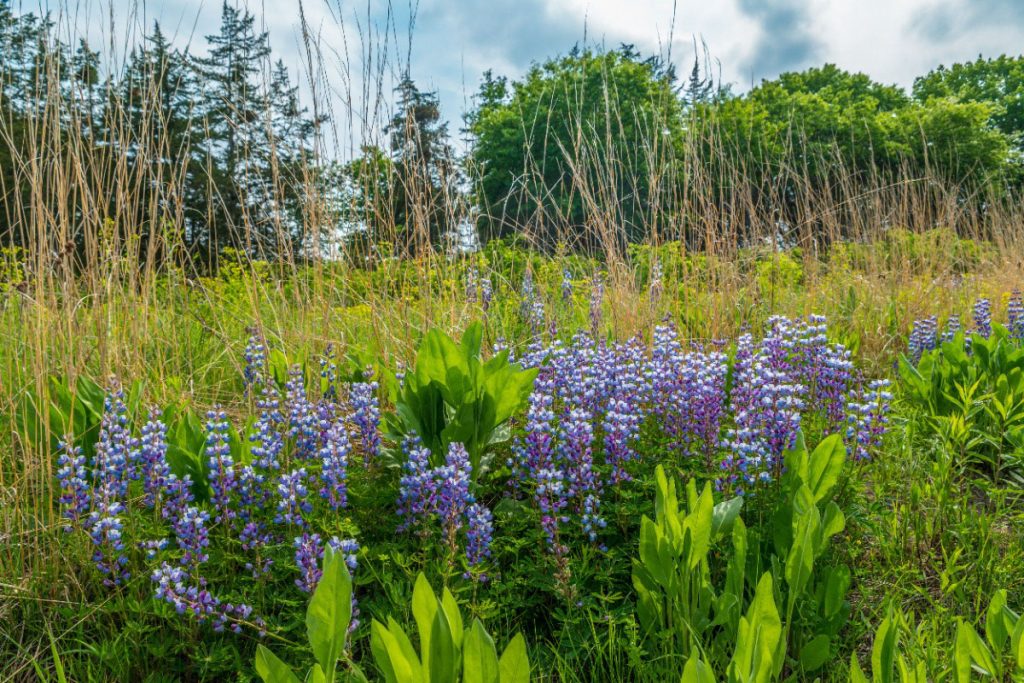
As the effects of climate change build, many landowners are looking for methods to sequester carbon on their land. Carbon sequestration is the process of capturing and storing atmospheric carbon dioxide in the soil. This process helps reduce greenhouse gas emissions and the negative impact on crop health caused by CO2. It can also help boost crucial pollinator populations like honeybees that have been in decline for decades.
One of the simplest ways to sequester carbon on your land is to establish perennial plants for conservation purposes. Trees are one of the primary plants used for carbon sequestration, while native grasses and forbs are also commonly grown.
Trees for Woody Carbon Sequestration
Trees, shrubs, and lianas are commonly planted for carbon sequestration, specifically woody sequestration. For centuries, forests have played an important part in lowering CO2 levels in the atmosphere, as well as producing oxygen. But as deforestation has rapidly increased over recent decades, CO2 levels have risen significantly. To combat this, reforestation and afforestation initiatives, as well as conservation projects like the federal Conservation Reserve Program (CRP), are expanding across the country. In CRP, practices like CP-3/3A can improve soil, wildlife habitat, and water quality, as well as store carbon.
However, there are some drawbacks to using trees for carbon sequestration. Wildfires can quickly spread through forests to demolish both the trees and the local ecosystems, while releasing their stored carbon into the atmosphere, causing further environmental damage. Additionally, it takes years to decades for trees to reach maturity at which point carbon sequestration is maximized.
Native Grasses & Forbs for Herbaceous Carbon Sequestration
While trees have long been used for carbon sequestration, native grasses and forbs are increasing in popularity for this purpose along with other benefits. Grasses like switchgrass and Miscanthus have deep, complex root systems that are ideal for storing carbon in the soil. Their root structures also help stabilize the soil, increase moisture levels, and retain nutrients.
As perennial plants, native grasses are able to sequester carbon year-round without releasing it. This creates a healthier, more fertile soil along with reducing atmospheric carbon. Forbs and shrubs are also able to sequester carbon in their roots, stems, and leaves. Finally, grasses and forbs establish in 1-3 years so maximum carbon sequestration is realized much sooner than with trees.
What’s Best for Carbon Sequestering?
Along with trees, grasses, and forbs, there are other methods for carbon sequestration that are widely used. Wetlands are known to store carbon efficiently, so wetland restoration projects help boost these efforts. Additionally, a bioenergy product known as biochar can also be added to soil to sequester carbon, as well as provide a plethora of other benefits to the land.
In general, herbaceous carbon sequestration is faster than woody sequestration, as grasses grow faster than trees. Grasses also provide numerous benefits to soil health, helping it to retain carbon even better. But choosing the best method of carbon sequestration depends on a number of factors, including your location, your climate, and the plant management practices you use. For instance, if you want to plant grasses, you’ll need to choose the right native species that thrives in your region. You’ll also need to use the correct soil and water management practices to ensure proper germination and growth.
If you’re looking to start a carbon sequestration project, reach out to us at All Native Seed. For two decades, we’ve been working with CRP participants through our sister company FDCE to help them revitalize vulnerable land and improve their local ecosystems. We can help you determine the best type of plant for your land and provide high-quality CRP seed mixes to maximize the effectiveness of your project. Our experts also provide establishment, documentation, and maintenance services for CRP, so you can ensure the best possible results. Ready to learn more? Contact us today!
